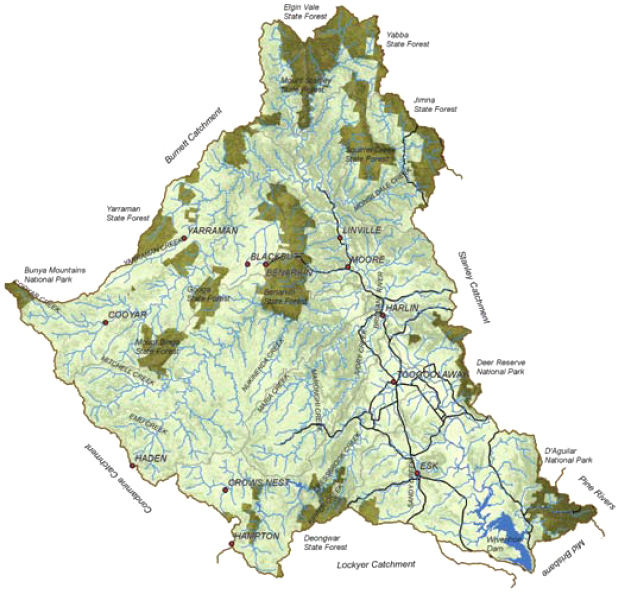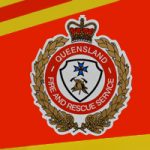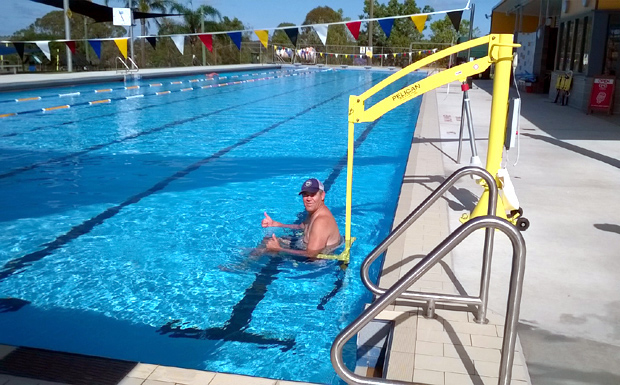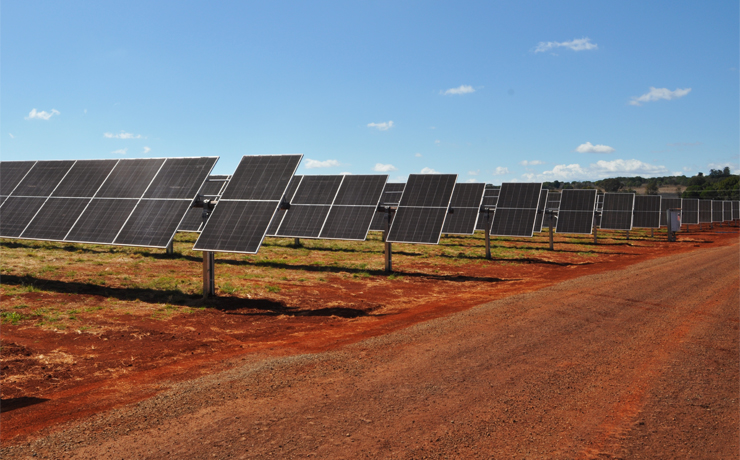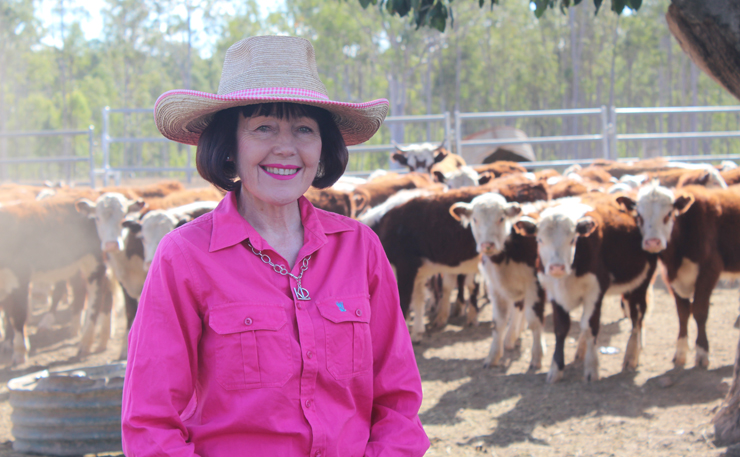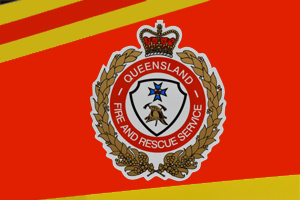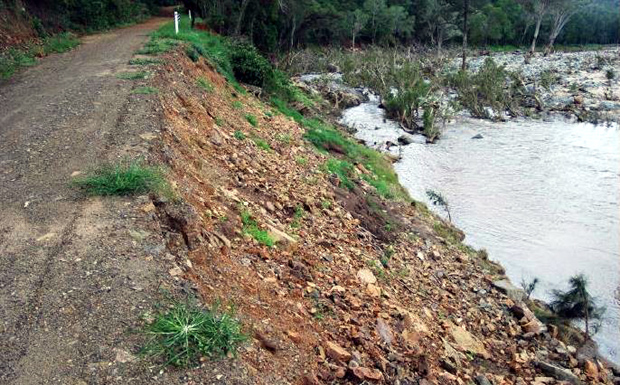
November 21, 2016
The Upper Brisbane Catchment – which passes through Elgin Vale, South Nanango, Yarraman, Blackbutt and Cooyar – has not significantly improved its water quality over the last year, according to a new report.
The annual Healthy Waterways and Catchments report card revealed improvements in the grades of many South East Queensland waterways.
But the Upper Brisbane Catchment has remained firmly at the bottom of the pack with a D grading – the worst performer of the 18 catchments studied.
Professor Stuart Bunn, Chair of the Healthy Waterways and Catchments Science Committee, said the grades for South East Queensland’s catchments have either improved or remained the same as last year.
“The largest improvements in the region were in the coastal catchments, with most climbing from C (fair) to B (good), aside from Noosa which retained the highest catchment grade in South East Queensland (A-),” Professor Bunn said.
“The majority of western catchments, which are highly valued for food production and drinking water, saw little to no change aside from slight improvements in Mid Brisbane and the Bremer.”
Prof Bunn said improvements were largely due to a 70 per cent decrease in the amount of sediment pollution entering waterways, which was associated with below average rainfall this year.
Despite this, an estimated 15,000 dump trucks worth of sediment still entered the waterways, carrying other pollutants such as nutrients.
Professor Bunn said sediment pollution remains the number one pressure threatening South East Queensland waterways.
“The amount of sediment pollution entering the waterways is driven by rainfall, but is also strongly affected by the condition and management of the land.
“We need to build the resilience of our catchments against future rainfall events if we are to maintain the improvements we have seen this past year, and protect the benefits our waterways provide through tourism, recreation, drinking water supply and agriculture.”
Prof Bunn said that a comprehensive sediment assessment conducted by Healthy Waterways and Catchments had revealed priority hot spots that are most vulnerable to erosion.
He said that in rural areas, the primary source of sediment pollution is stream bank and gully erosion, and this could be improved by stabilising riverbanks and gullies and supporting best practice farming.
South East Queensland’s waterways are estimated to generate $6 billion through tourism each year, and around $2-3 billion through local recreation.
- The full list of results across all South-East Queensland catchments is available on the Healthy Waterways website
- Related article: ‘D’ Grade Report For Catchment
